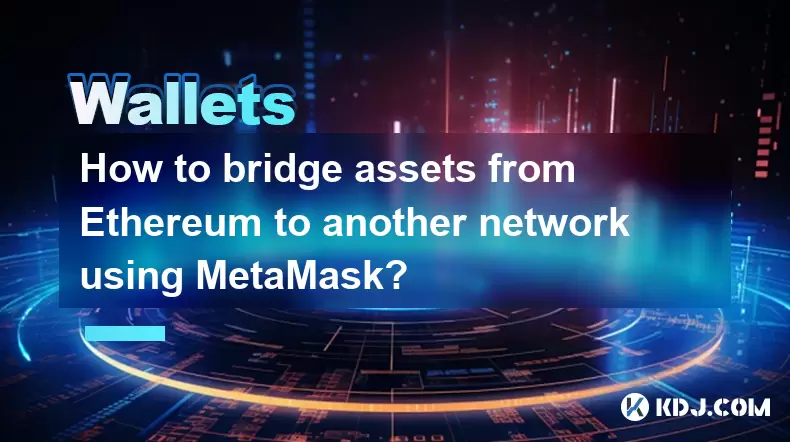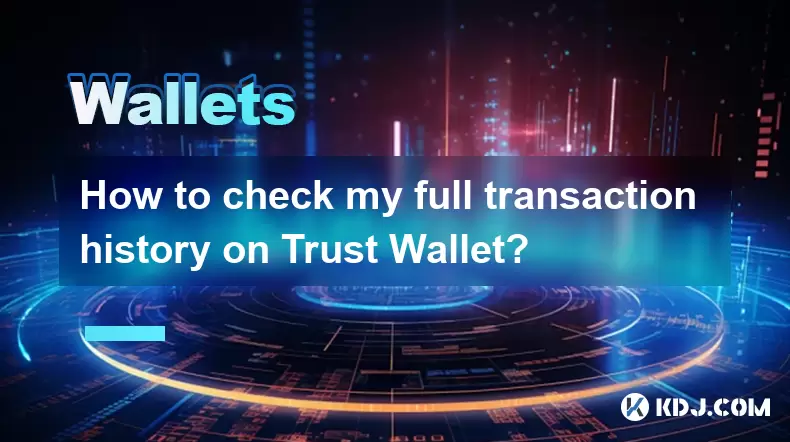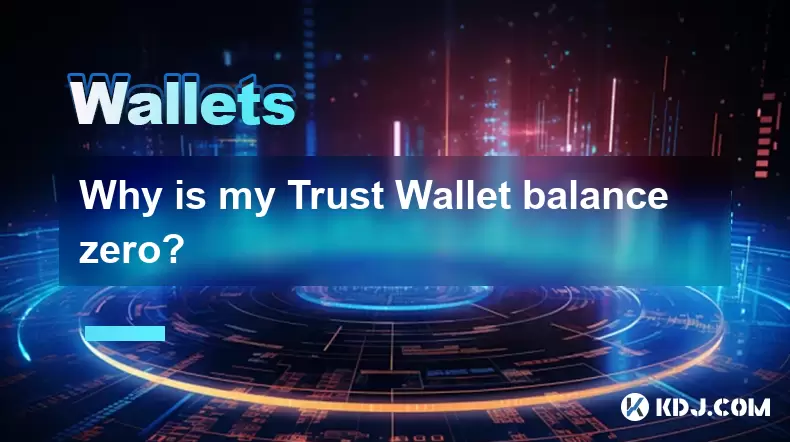-
 Bitcoin
Bitcoin $113600
-0.05% -
 Ethereum
Ethereum $3457
-1.05% -
 XRP
XRP $2.860
-4.17% -
 Tether USDt
Tether USDt $0.9998
-0.02% -
 BNB
BNB $747.3
-1.03% -
 Solana
Solana $161.0
-1.78% -
 USDC
USDC $0.9998
-0.03% -
 TRON
TRON $0.3259
-0.19% -
 Dogecoin
Dogecoin $0.1959
-1.69% -
 Cardano
Cardano $0.7227
0.85% -
 Hyperliquid
Hyperliquid $38.34
-0.83% -
 Sui
Sui $3.435
-0.88% -
 Stellar
Stellar $0.3796
-1.29% -
 Chainlink
Chainlink $16.02
0.16% -
 Bitcoin Cash
Bitcoin Cash $540.5
0.48% -
 Hedera
Hedera $0.2406
1.01% -
 Ethena USDe
Ethena USDe $1.001
0.03% -
 Avalanche
Avalanche $21.19
-1.37% -
 Toncoin
Toncoin $3.625
0.71% -
 UNUS SED LEO
UNUS SED LEO $8.962
0.03% -
 Litecoin
Litecoin $108.1
0.88% -
 Shiba Inu
Shiba Inu $0.00001207
-0.48% -
 Polkadot
Polkadot $3.576
0.66% -
 Uniswap
Uniswap $9.049
0.64% -
 Monero
Monero $298.9
0.81% -
 Dai
Dai $0.0000
0.00% -
 Bitget Token
Bitget Token $4.285
-0.11% -
 Pepe
Pepe $0.00001034
-1.16% -
 Cronos
Cronos $0.1302
-1.26% -
 Aave
Aave $257.5
1.46%
How to bridge assets from Ethereum to another network using MetaMask?
Bridging assets from Ethereum to networks like Polygon or Arbitrum via MetaMask reduces fees and speeds up transactions using trusted bridges such as Polygon PoS or Arbitrum Gateway.
Aug 03, 2025 at 05:08 am

Understanding Asset Bridging in the Crypto Ecosystem
Asset bridging refers to the process of transferring cryptocurrency tokens from one blockchain network to another. This is especially common when moving assets from Ethereum to alternative Layer 1 or Layer 2 networks such as Polygon, Arbitrum, or Optimism. The primary reason for bridging is to reduce transaction fees and increase transaction speed. Ethereum’s high gas fees have led many users to seek more cost-effective alternatives. A bridge acts as a secure intermediary that locks tokens on the source chain and mints an equivalent amount on the destination chain, often using a wrapped version of the original token.
When using MetaMask, the most popular Ethereum wallet, users can seamlessly connect to various decentralized applications (dApps) that offer bridging services. MetaMask does not perform the bridging itself but enables interaction with bridge platforms through its browser extension or mobile app. It is crucial to understand that bridging involves smart contracts, and users must ensure they are interacting with verified and reputable bridge protocols to avoid scams or loss of funds.
Selecting a Compatible Bridge Platform
Before initiating a transfer, you must choose a bridge that supports both Ethereum and your target network. Some widely used and trusted bridges include:
- Polygon PoS Bridge – ideal for moving assets to the Polygon network
- Arbitrum Bridge – designed for transfers to Arbitrum One
- Optimism Gateway – facilitates Ethereum to Optimism transfers
- LayerZero-powered bridges like Stargate Finance
- Synapse Protocol – supports multi-chain transfers
Each bridge has its own interface and process, but all require you to connect your MetaMask wallet. Ensure the website URL is correct and secure (look for HTTPS and check for official domain names). Phishing sites often mimic real bridges to steal funds. After confirming authenticity, click the "Connect Wallet" button and select MetaMask from the options. Once connected, your wallet address will appear in the top right corner of the bridge interface.
Configuring MetaMask for the Target Network
MetaMask must be configured to interact with the destination network. By default, MetaMask shows the Ethereum Mainnet. To add a new network:
- Open MetaMask and click the network dropdown at the top
- Select "Add Network"
- Choose "Add a Network Manually"
For example, to add Polygon Mainnet, enter the following details:
- Network Name: Polygon Mainnet
- New RPC URL: https://polygon-rpc.com/
- Chain ID: 137
- Currency Symbol: MATIC
- Block Explorer URL: https://polygonscan.com
Repeat this process for other networks like Arbitrum (Chain ID: 42161) or Optimism (Chain ID: 10). Accurate configuration is essential; incorrect RPC URLs or chain IDs can lead to failed transactions or lost funds. After adding the network, switch to it within MetaMask to confirm it appears in your network list.
Initiating the Asset Transfer Process
Once your wallet is connected and the target network is configured, you can begin the bridging process. On the bridge platform:
- Select Ethereum as the source network
- Choose your destination network (e.g., Polygon)
- Enter the amount of tokens you wish to transfer
- Ensure you have enough ETH in your wallet to cover Ethereum gas fees
Commonly bridged assets include ETH, DAI, USDC, and WBTC. After entering the amount, click "Deposit" or "Bridge". MetaMask will pop up a confirmation window. Carefully review:
- The amount being sent
- The gas fee in ETH
- The contract address interacting with your wallet
Approve the transaction only if all details are correct. This first transaction occurs on the Ethereum network and may take several minutes to confirm, depending on network congestion.
Completing the Transfer and Withdrawing on the Destination Chain
After the deposit transaction is confirmed on Ethereum, the bridge will process the transfer. This may take from a few seconds to several minutes, depending on the bridge and network activity. Once processed, equivalent tokens will be minted on the destination chain. For example, bridging ETH to Polygon results in wETH (wrapped ETH) on Polygon.
To access these tokens:
- Switch your MetaMask network to the destination chain (e.g., Polygon)
- The bridged tokens should appear automatically
- If not visible, manually add the token using its contract address
For wETH on Polygon, the contract is 0x7ceb23fd6bc0add59e62ac25578270cff1b9f619. To add it:
- Click "Import Tokens" in MetaMask
- Paste the contract address
- Confirm the token symbol and decimals
- Click "Add Custom Token"
Your balance will now display the bridged assets, ready for use in decentralized exchanges or other dApps on the new network.
Ensuring Security and Avoiding Common Pitfalls
Security is paramount when bridging assets. Never share your seed phrase or private keys. Only use official bridge websites and double-check URLs. Avoid clicking links from social media or unknown sources. Always verify the contract address of the bridge dApp through official documentation or community channels.
Keep a small amount of native gas tokens on each network. For example, hold MATIC on Polygon and ETH on Arbitrum to cover future transaction fees. Running out of gas tokens can lock your assets. Also, be aware that some bridges have minimum transfer amounts or daily limits. Transferring very small amounts may fail or be uneconomical due to fees.
Always perform a test transaction with a small amount before moving large sums. This helps verify the entire process works as expected and reduces risk.
Frequently Asked Questions
Can I bridge NFTs using MetaMask and a bridge platform?
Yes, certain bridges like Polygon PoS Bridge and LayerZero-based platforms support NFT transfers. Connect your MetaMask, select the NFT transfer option, approve the NFT contract, and follow the confirmation prompts. Ensure the destination network supports the NFT standard (e.g., ERC-721).
What happens if my bridged tokens don’t appear in MetaMask?
First, confirm you’re on the correct network in MetaMask. If the tokens are still missing, manually add the token using its contract address from the official bridge documentation or block explorer like Polygonscan.
Are there fees involved in bridging assets?
Yes. You pay gas fees on Ethereum for the initial deposit. Some bridges also charge a small service or withdrawal fee on the destination network. Always check the fee breakdown before confirming.
Can I reverse a bridge transaction once initiated?
No. Blockchain transactions are irreversible. Once you confirm the deposit on Ethereum, the transaction cannot be canceled. Ensure all details are correct before approving.
Disclaimer:info@kdj.com
The information provided is not trading advice. kdj.com does not assume any responsibility for any investments made based on the information provided in this article. Cryptocurrencies are highly volatile and it is highly recommended that you invest with caution after thorough research!
If you believe that the content used on this website infringes your copyright, please contact us immediately (info@kdj.com) and we will delete it promptly.
- SOLF Token vs. BONK: Predicting a $300 Solana in 2025?
- 2025-08-03 16:30:16
- Sei, Injective, and Bitcoin Dominance: Navigating the Crypto Landscape
- 2025-08-03 16:50:15
- UK Lifts Ban on Crypto ETNs: Bitcoin Set for Retail Boom?
- 2025-08-03 16:30:16
- Coin Master Free Spins: Maximize Your Game with Daily Links (August 2025)
- 2025-08-03 16:50:15
- Bitcoin Liquidity, Osmosis Zone, and Investor Interest: A Deep Dive
- 2025-08-03 15:16:44
- Web3, Sports, and Computing Power: A New Ballgame
- 2025-08-03 15:16:44
Related knowledge

What is a watch-only wallet in Trust Wallet?
Aug 02,2025 at 03:36am
Understanding the Concept of a Watch-Only WalletA watch-only wallet in Trust Wallet allows users to monitor a cryptocurrency address without having ac...

How to fix a stuck pending transaction in Trust Wallet?
Aug 03,2025 at 06:14am
Understanding Why Transactions Get Stuck in Trust WalletWhen using Trust Wallet, users may occasionally encounter a pending transaction that appears t...

What is a multi-coin wallet in Trust Wallet?
Aug 03,2025 at 04:43am
Understanding Multi-Coin Wallets in Trust WalletA multi-coin wallet in Trust Wallet refers to a digital wallet that supports multiple cryptocurrencies...

How to switch between networks in Trust Wallet?
Aug 02,2025 at 12:36pm
Understanding Network Switching in Trust WalletSwitching between networks in Trust Wallet allows users to manage assets across different blockchains s...

How to check my full transaction history on Trust Wallet?
Aug 02,2025 at 09:24am
Understanding Transaction History in Trust WalletTrust Wallet is a widely used non-custodial cryptocurrency wallet that supports a broad range of bloc...

Why is my Trust Wallet balance zero?
Aug 02,2025 at 03:49am
Understanding Trust Wallet Balance Display IssuesIf you're seeing a zero balance in your Trust Wallet despite knowing you've previously received or se...

What is a watch-only wallet in Trust Wallet?
Aug 02,2025 at 03:36am
Understanding the Concept of a Watch-Only WalletA watch-only wallet in Trust Wallet allows users to monitor a cryptocurrency address without having ac...

How to fix a stuck pending transaction in Trust Wallet?
Aug 03,2025 at 06:14am
Understanding Why Transactions Get Stuck in Trust WalletWhen using Trust Wallet, users may occasionally encounter a pending transaction that appears t...

What is a multi-coin wallet in Trust Wallet?
Aug 03,2025 at 04:43am
Understanding Multi-Coin Wallets in Trust WalletA multi-coin wallet in Trust Wallet refers to a digital wallet that supports multiple cryptocurrencies...

How to switch between networks in Trust Wallet?
Aug 02,2025 at 12:36pm
Understanding Network Switching in Trust WalletSwitching between networks in Trust Wallet allows users to manage assets across different blockchains s...

How to check my full transaction history on Trust Wallet?
Aug 02,2025 at 09:24am
Understanding Transaction History in Trust WalletTrust Wallet is a widely used non-custodial cryptocurrency wallet that supports a broad range of bloc...

Why is my Trust Wallet balance zero?
Aug 02,2025 at 03:49am
Understanding Trust Wallet Balance Display IssuesIf you're seeing a zero balance in your Trust Wallet despite knowing you've previously received or se...
See all articles

























































































